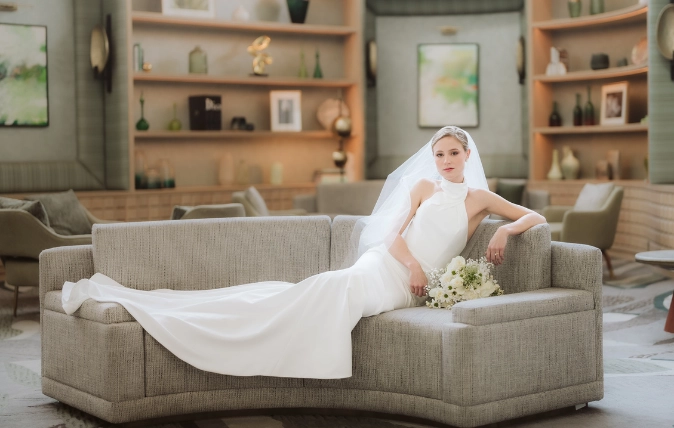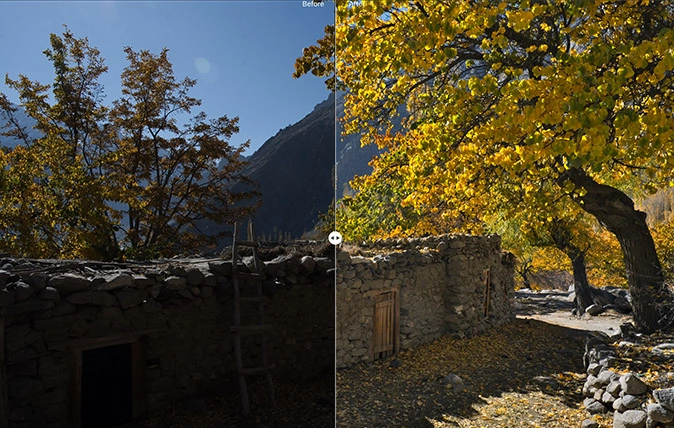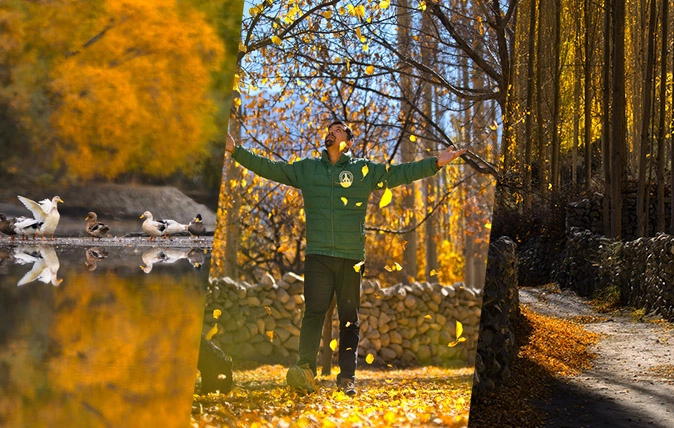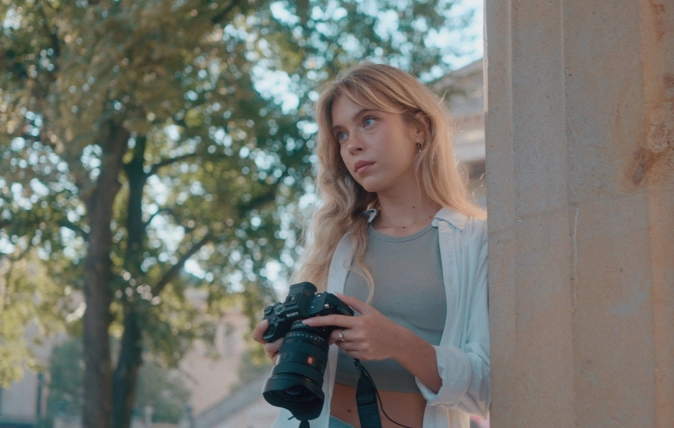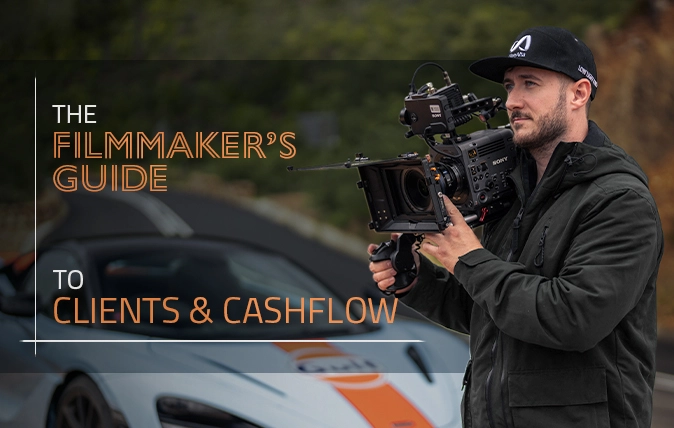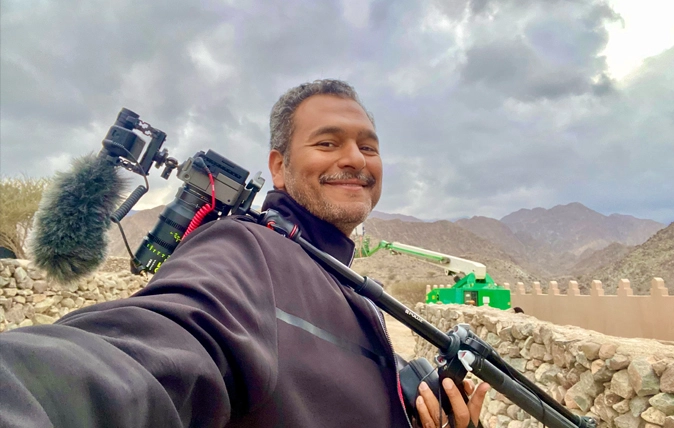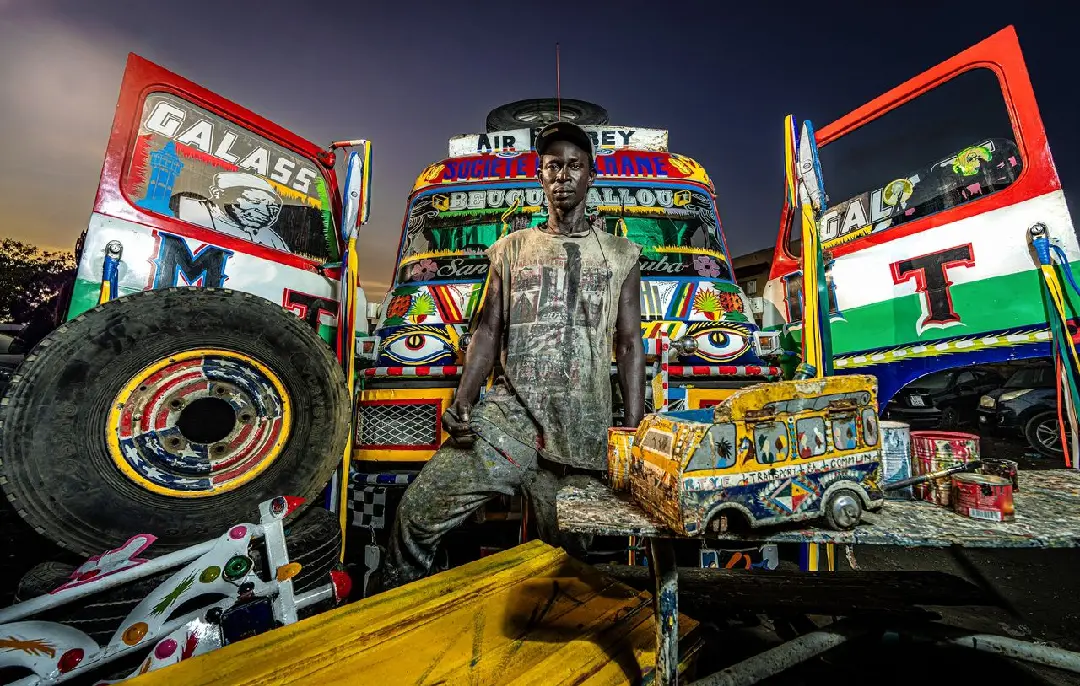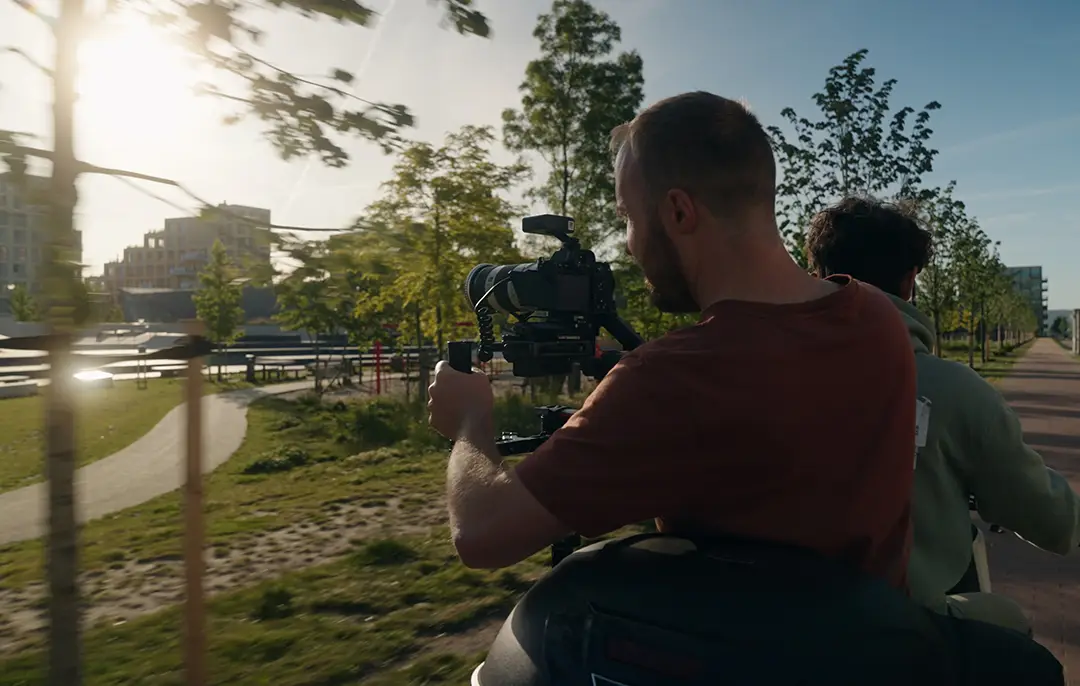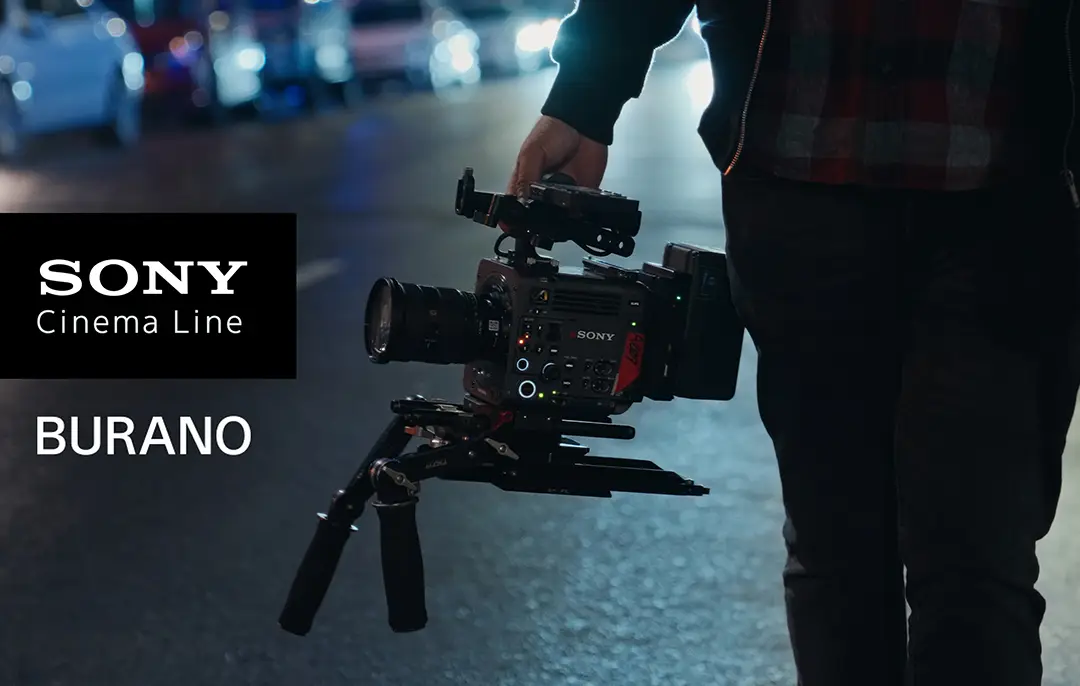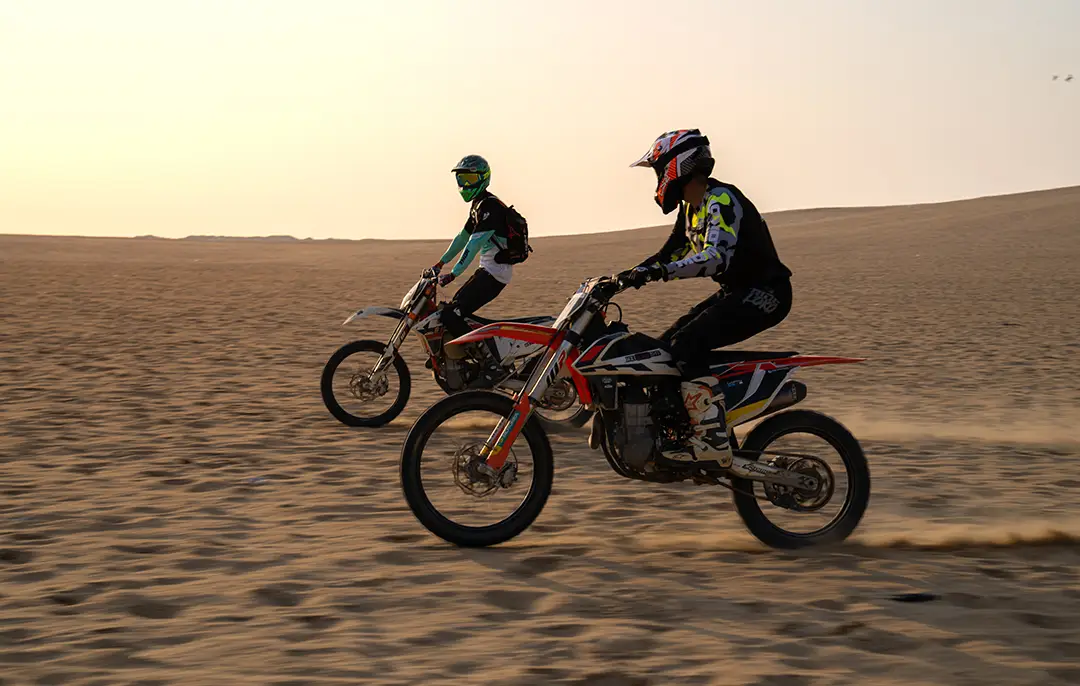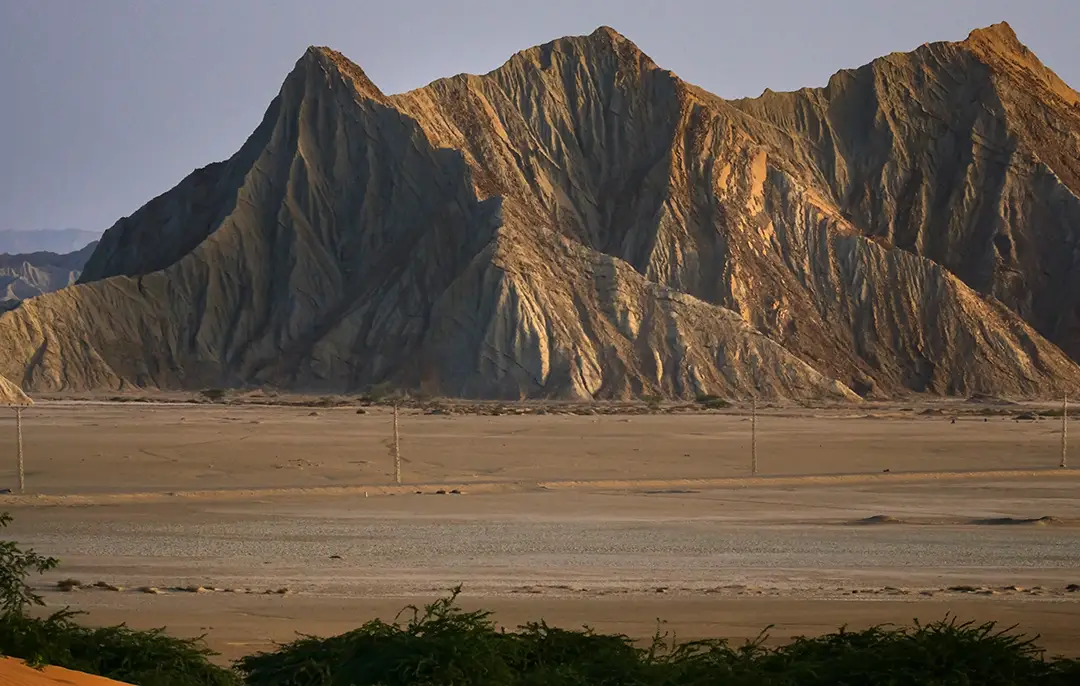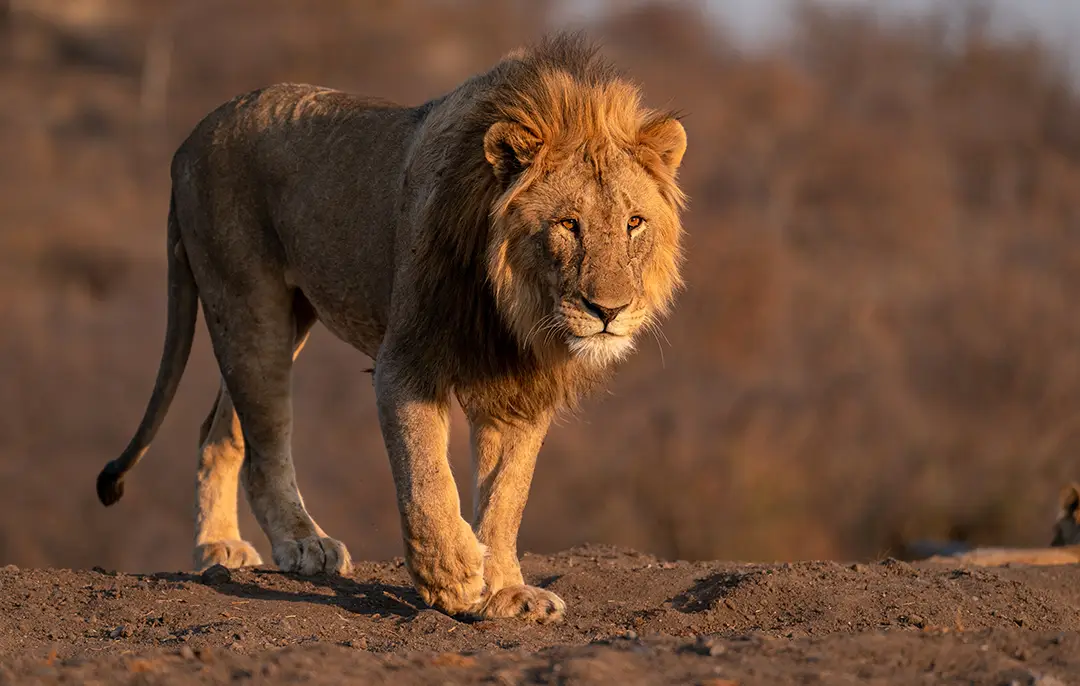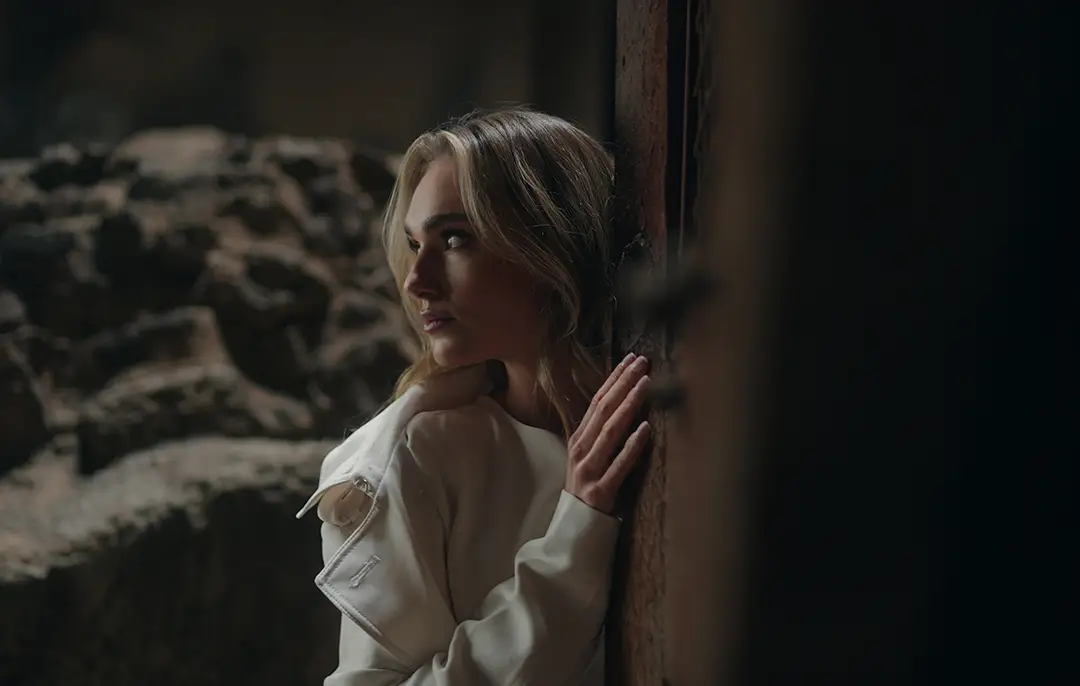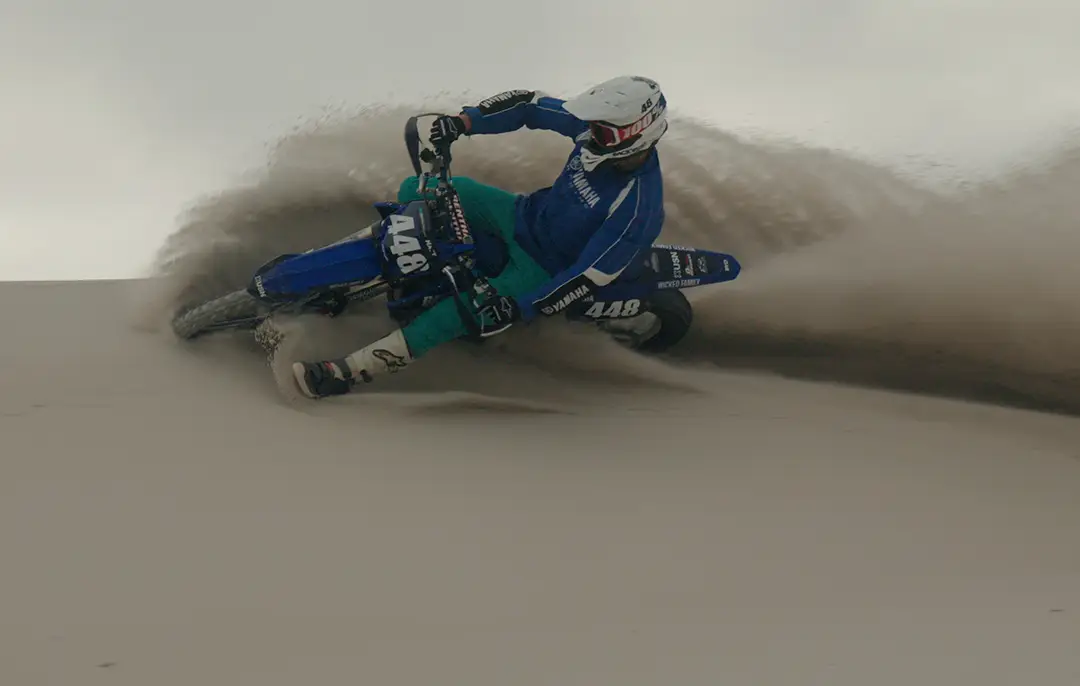
FEATURED STORY
Full Frame VS APS-C
By Jacques Crafford
Since the birth of full-frame sensors, there’s always been this comparison with APS-C and Super35 cameras. The popular opinion is usually “Full Frame is better” but is it really? Well it depends who you ask! In this article I’m going to argue for both and explain why APS-C is not going anywhere soon. From now on when I refer to APS-C I’m also talking about Super35mm sensors. APS-C is the stills equivalent of what Super35mm is for video so we’re talking about the same thing.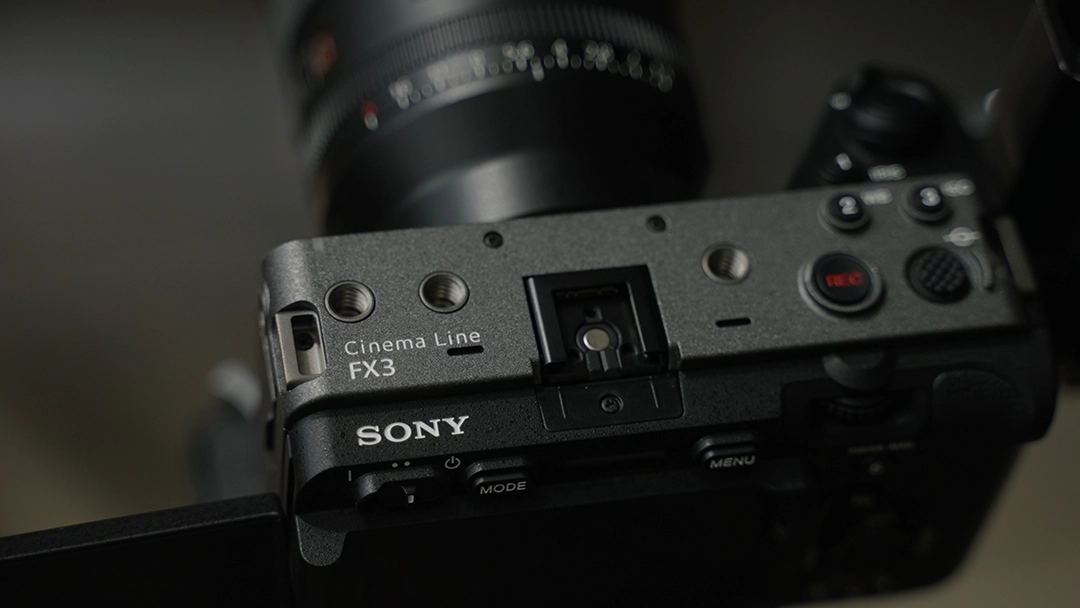
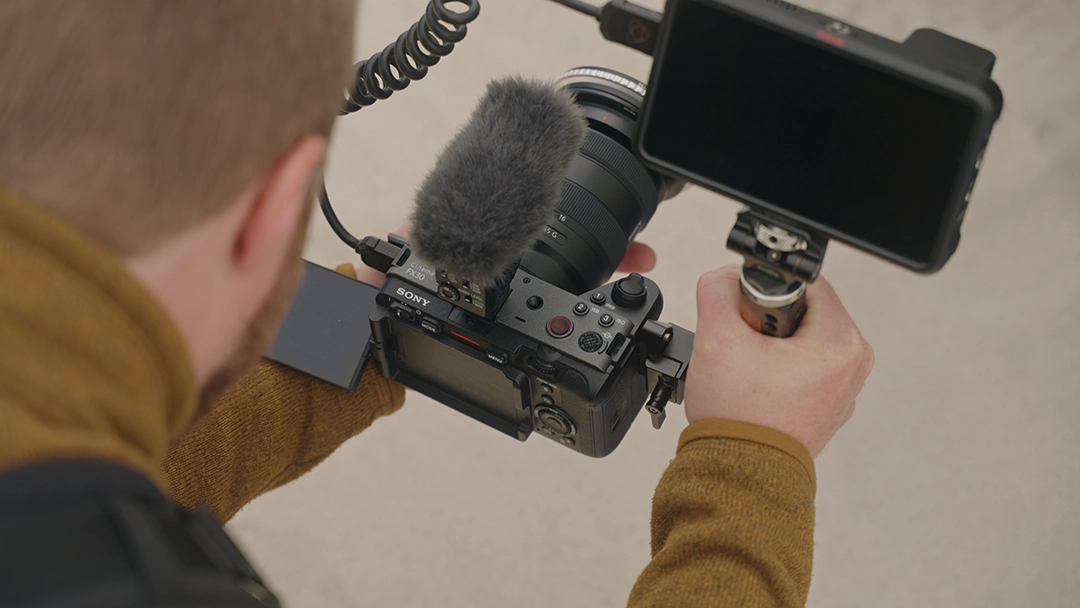
Before I dig into the benefits of APS-C we first have to agree on why so many shooters deem full frame to be better. Full Frame by default has a much bigger sensor and bigger sensor means 2 things! More light, and shallow depth of field!
The ISO capabilities of a Full Frame camera naturally performs better and is one of the reasons filmmakers opt for cameras like the A7sIII, FX3 & FX6. It’s why they chose to film a Hollywood Blockbuster “The Creator” on the FX3, because it can shoot in Log at a whopping 12800 ISO with exceptional dynamic range performance.
Full Frame cameras have something that a lot of filmmakers refer to as the “Full Frame look”. That creamy bokeh you get when you shoot wide open at F/1.4 and that’s because the larger sensor can give you a shallower depth of field when compared to an APS-C Sensor. The larger sensor also means the camera has a wider field of view. Lenses display wider when compared to APS-C and this can be a major benefit when you need those wider shots. So the PRO’s for Full Frame can be summed up into 3 main points. Better Low Light, Shallower Depth of Field, Wider FOV.
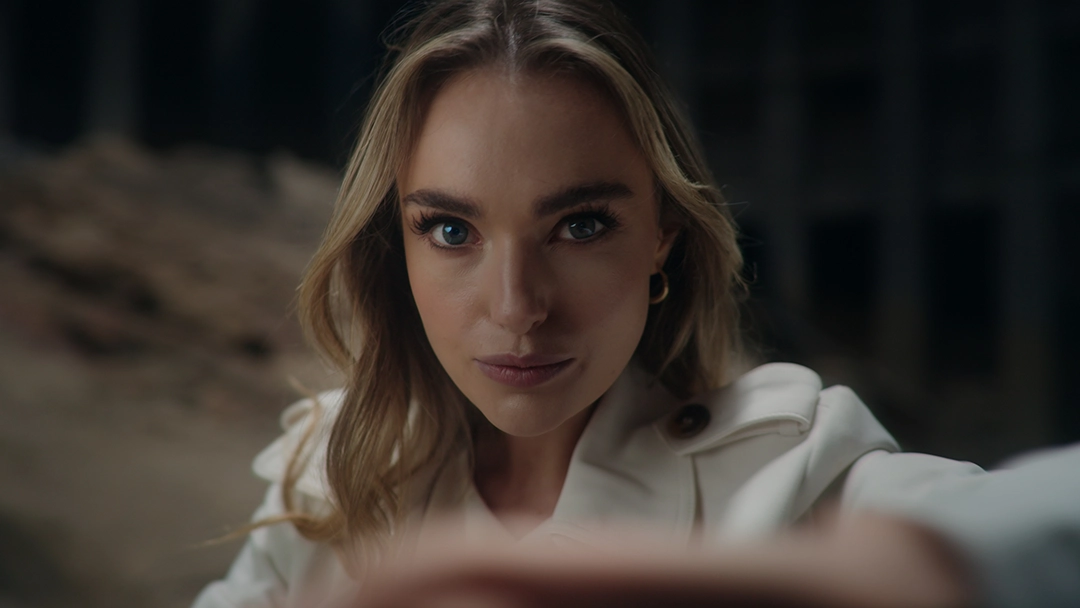
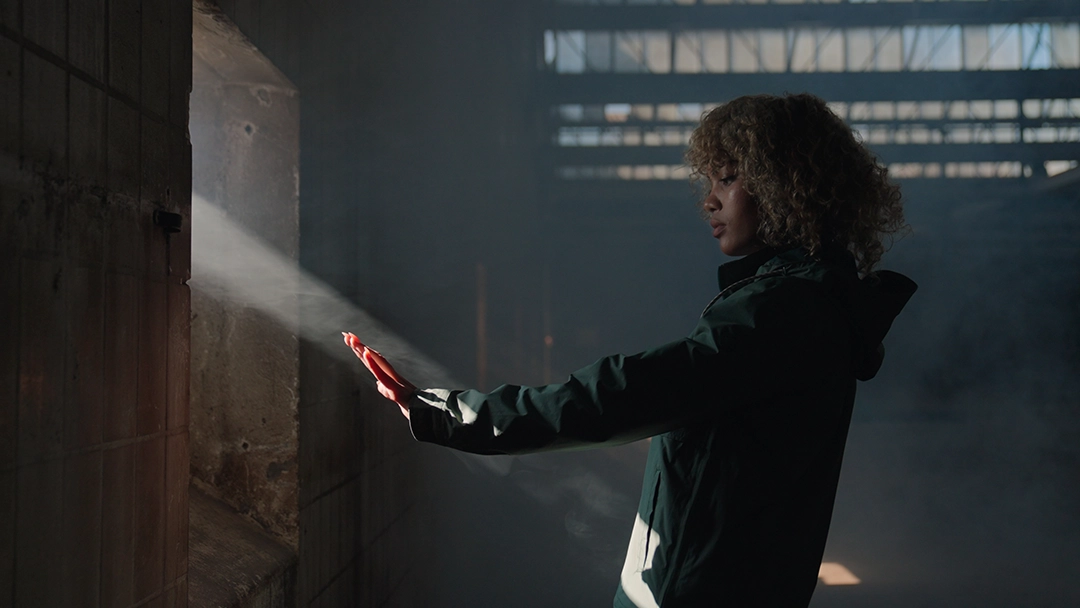
Knowing this we can now make a comparison and argue the PROS for APS-C cameras. Just because Full Frame is new doesn’t mean APS-C is bad. That would be saying that all movies and commercials shot before Full Frame is bad, of course it’s not! With good lighting, ISO is not a problem, with good camera placement depth of field can look extremely shallow even at higher apertures. Some of the most popular cinema lenses still being used today are all made for Super35/APS-C Sensors in other words they won’t even work on Full Frame.

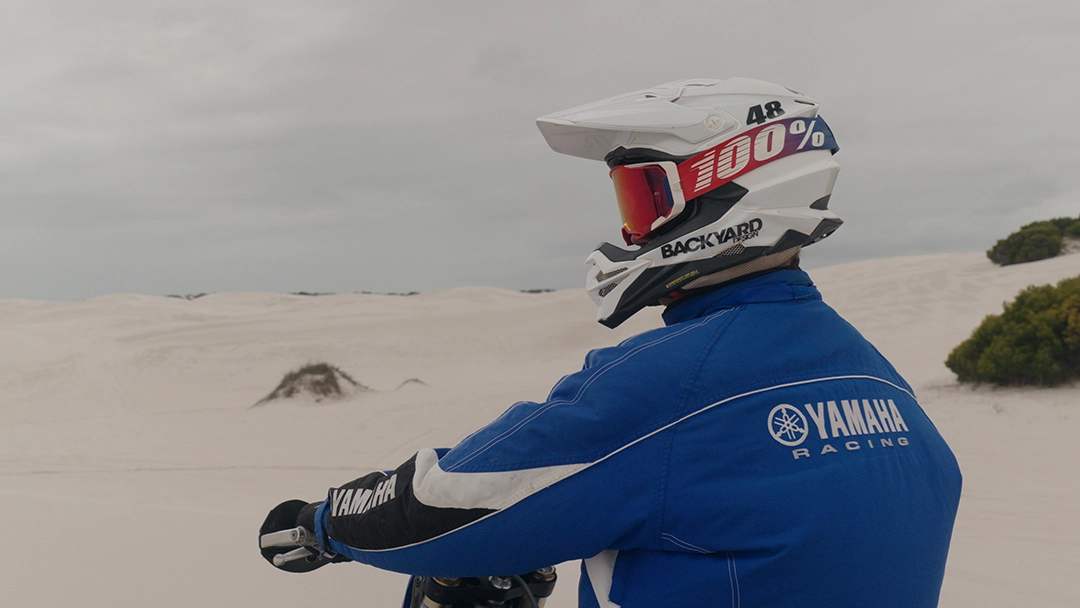
This is especially true for Anamorphic lenses. Lately there’s been an influx of new Full Frame Anamorphics but the popular choices used in Hollywood are still very much Super35mm and when a director wants that “look” full frame just won’t be an option. This is why I was so excited when the FX30 was released because it’s not only a great B-camera but can be an excellent A-camera when using Super35mm Lenses.
Just as a Full Frame Camera has a wider FOV, this can also be a negative for example if you need extra reach an APS-C camera can be a better choice. In Genres like Sport & Wildlife this would often be a bonus because your lens essentially gets a 1.6 X boost without any loss in quality. This gets you closer to the action without the need to buy more expensive lenses or use Tele Converters. Now instead of the FX30 being a B-cam it can quickly become the main camera. The FX30 also does a 2 X crop at 100 FPS and in these scenarios it becomes even more attractive getting you that much closer to the action.
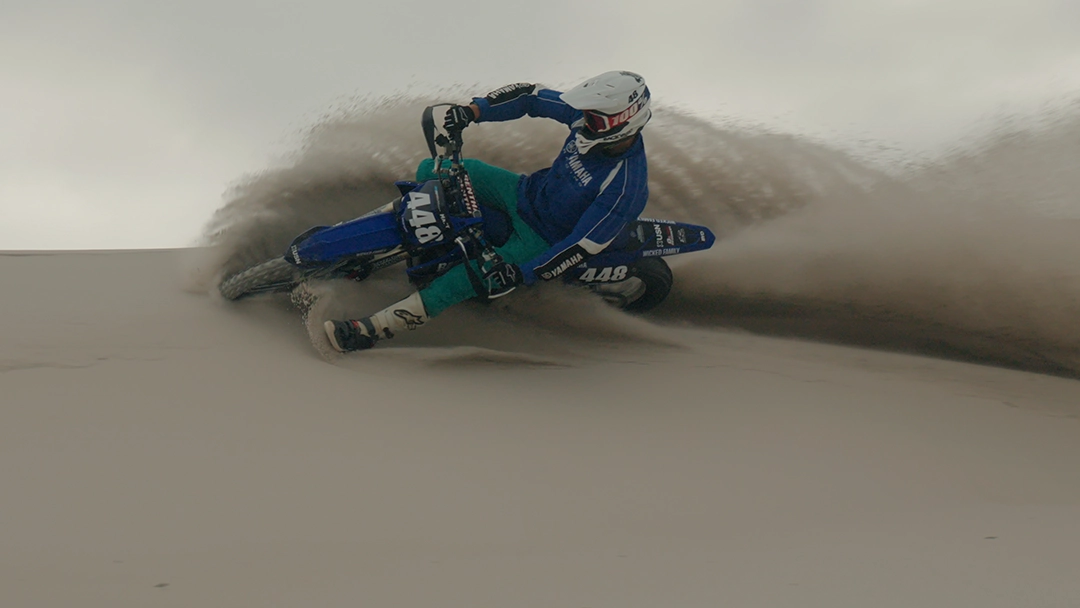
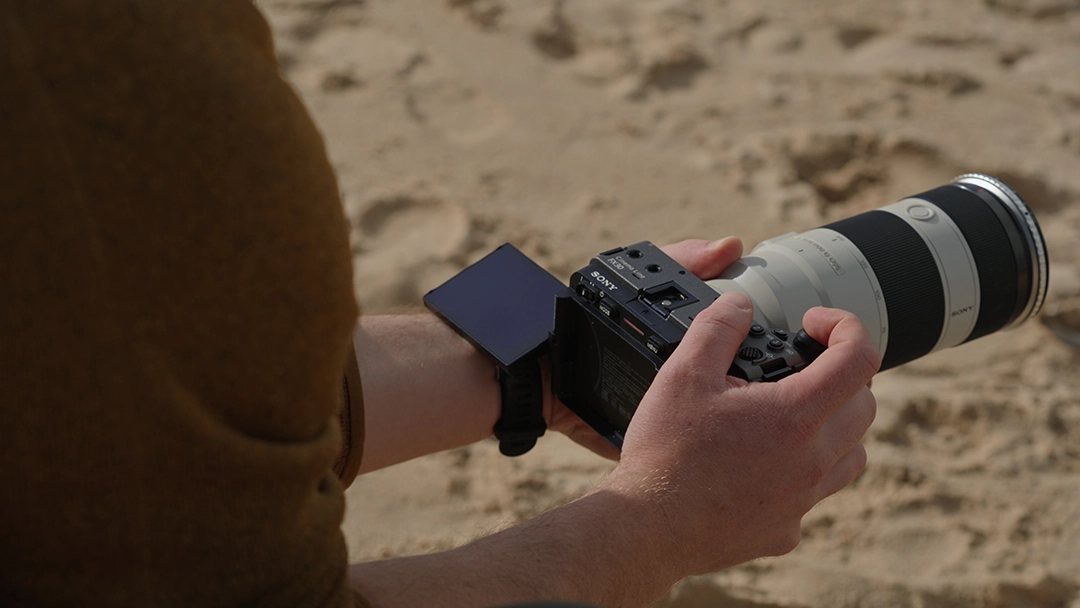
The cons of the smaller sensors are basically the opposite of Full Frame. Less light, worse performance in low light but this would only be an issue in a scenario where you don’t have control over light because these cameras are designed to perform optimally at the Native ISO. The FX30 has a dual native ISO of 800 and 2500 where the FX3 is 800 and 12800. This means that one would stick to either one of the two ISO and anything in between will result in unnecessary noise. 12800 ISO is so bright that in some scenarios one has to stop down or use ND filters to compensate for the light but if the light is really low and there’s no way to add light, this becomes a game changer.
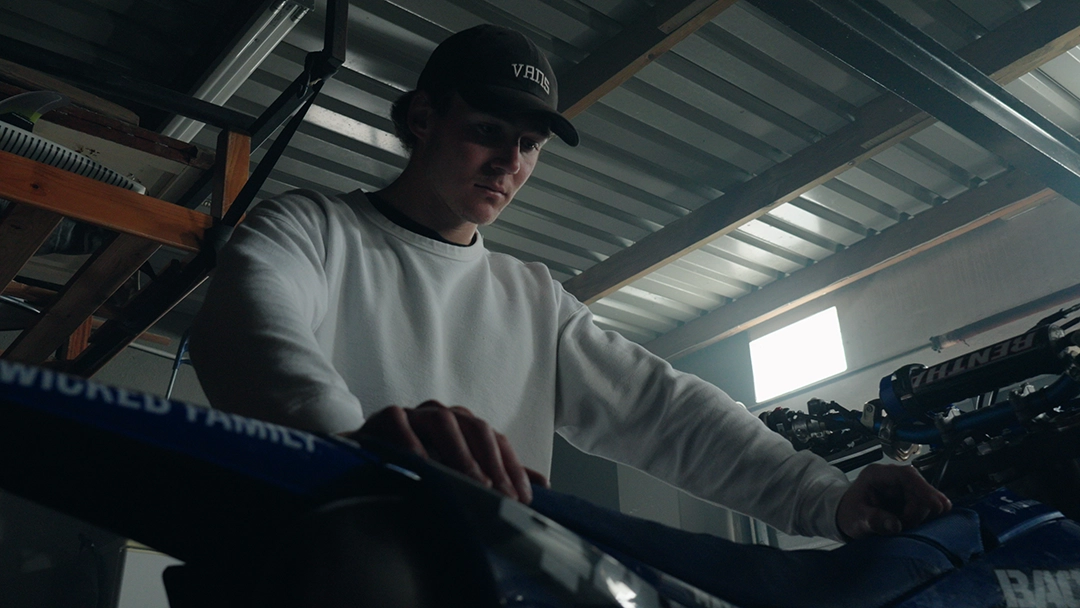
Deeper depth of field can be a plus if you need more light but more in focus but to get that shallower “look” you need to be clever with your camera placement in relation to your subject and this is not always possible. As you can see, both these sensors have PROs and CONs and you have to ask yourself what would fit your needs better. As for me, I would have both if possible because both can be used as A & B cams together on projects.
